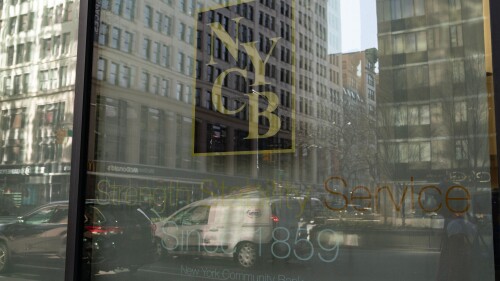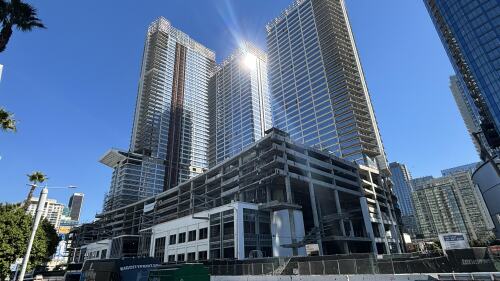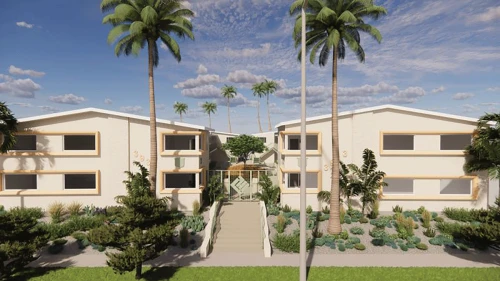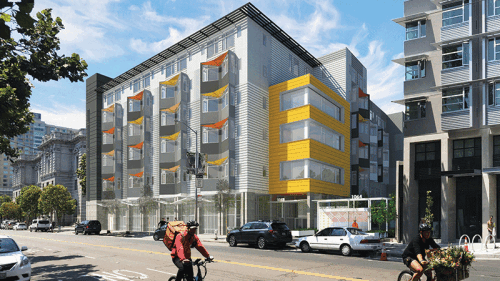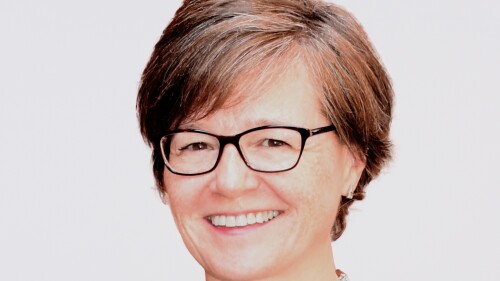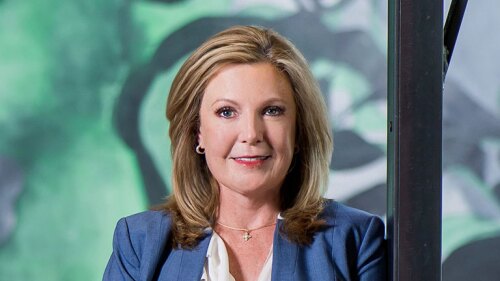Sponsored
Georgetown University’s one-year master’s program in Global Real Assets offers a finance-oriented degree that integrates real estate, infrastructure, and sustainability.
Developers of middle-income projects can’t use subsidy programs such as federal low-income housing tax credits (LIHTCs) to finance their plans. Middle-income developments also often don’t earn enough in rent to support conventional construction loans or attract equity investors.
Eight years ago, the landmark Paris Agreement kicked off a worldwide campaign to reduce carbon emissions. The targets set were big: slash emissions by 45 percent by 2030 and be net zero by 2050. So far, the world is not making enough progress on those lofty goals, and the progress that has been made has been very unevenly distributed. Experts from major real estate firms, including Boston Properties, CBRE, and Community Preservation Corporation, drove home the net zero transition’s importance during a panel discussion at the 2024 ULI Spring Meeting in New York City. They talked about the costs of getting to net zero, what lenders and owners are doing to get there, and the risk of not addressing climate change.
What does it take to secure debt in today’s challenging commercial real estate environment? It all boils down to experience, relationships, and a lot of creativity. That’s according to an expert panel speaking this morning at ULI’s spring meeting at the New York Hilton Midtown. The panel is the first in a series of three, which will include Raising Equity (10 a.m. Wednesday) and Borrowers’ Experiences—Recent Success Stories (10 a.m. Thursday).
ULI Spring Meeting: New York City
Real estate developers across the United States and around the world are under pressure to cut the amount of carbon their activities put into the atmosphere.
Nationwide, the urgent need for more affordable housing has become crystal clear. The United States is grappling with a housing crisis, and building affordable housing has become increasingly difficult. Developers face high construction costs, ongoing supply chain issues, and skyrocketing prices for land, especially in some of the country’s largest cities. Even when a project comes together and gets financing, the process to obtain permitting, gain city approvals, and actually construct a project can take years.
Construction codes are pushing new buildings toward net zero, but roughly 80 percent of the expected 2050 building stock already exists today and needs to undertake major upgrades to meet emissions limits in line with the Paris Agreement. To address this issue, cities and states across the U.S. have started to limit emissions from existing buildings with regulations known as Building Performance Standards (BPS).
City is actively working to make its neighborhoods safer and more resilient to extreme rain events
One of New York City’s busiest corridors is set for one of its biggest transformations in years. The area around Manhattan’s Penn Station has long been considered a sore spot for the city, as top-tier retail stores moved to more flourishing areas and local buildings became outdated. But now, with a billion-dollar plan by a New York state agency underway to revitalize public transit infrastructure in and around Penn Station, there is serious momentum for the Midtown neighborhood, which has stalled in growth as surrounding neighborhoods have evolved.
Tattooed, tanned, and tousled, 48-year-old Stefan Quinn Soloviev looks like an athletic nerd who stepped out of a Mad Max film, but don’t let his appearance fool you. Soloviev is one of the largest landowners in the United States—number 21, according to Landreport.com—with a portfolio that includes some of Manhattan’s most coveted properties.
New Yorkers have gotten used to watching the sun set behind the piers and towers of Jersey City, the major metropolis of New Jersey’s so-called Gold Coast. But for many years, Jersey City’s glittering line of luxury apartments and office blocks stopped at the water’s edge. Tucked behind modern high-rises, the rest of the city was a patchwork of charming historic districts, aging apartment buildings, public housing, and contaminated, abandoned industrial sites.
The Manhattan office market is beginning to make a comeback, but much has changed since the start of the COVID-19 pandemic. The persistence of hybrid and remote work have changed the equation for commercial rentals, both in terms of landlord-tenant relationships and the quality of office product on offer.
Best Practices
Federal funding opportunities through the Bipartisan Infrastructure Law (BIL) and Inflation Reduction Act (IRA) are supporting essential investments in green and resilient infrastructure, with the potential to create more livable communities while also supporting successful real estate developments through enhanced aesthetics, improved building user experiences, and operational efficiencies.
Since the retirement of Urban Land Institute’s Global CEO Ron Pressman in October 2023, the search for a visionary global leader has taken center stage. As the Institute charts its course in shaping the built environment for transformative impact within communities worldwide, finding the right leader is paramount.
Last week, the U.S. Securities and Exchange Commission issued new rules requiring public companies to enhance and standardize climate-related disclosures. The rules phase in over time, requiring the largest companies or public investor shares to begin making climate risk disclosures in 2025.
In Depth
How we use words is important. Words can describe both racial inequities and the efforts to remedy them. As the real estate industry continues the work to dismantle systemic racism, it’s critical to be intentional about language.
New Yorkers have gotten used to watching the sun set behind the piers and towers of Jersey City, the major metropolis of New Jersey’s so-called Gold Coast. But for many years, Jersey City’s glittering line of luxury apartments and office blocks stopped at the water’s edge. Tucked behind modern high-rises, the rest of the city was a patchwork of charming historic districts, aging apartment buildings, public housing, and contaminated, abandoned industrial sites.
Demand for industrial space has pushed vacancies to historically low levels. But the high tide may no longer be lifting all boats. A surge in new supply along with a growing appetite for more modern facilities is putting more pressure on the sector’s aging building stock. Legacy buildings are having a tougher time keeping up with the changing demands of today’s space users.
As the recent cultural and real estate realignment called “The Great Mall Sorting” continues, A-plus malls are thriving, while the B and C properties are gradually being repurposed, reused, and completely rethought, according to architect Sean Slater, senior principal at the architectural firm RDC in San Diego.
Potential trouble brewing in a sector that has been viewed as relatively bulletproof multifamily sector is concerning. But while stress is very much real, industry participants are quick to point out that the overall foundation for multifamily remains strong. “The cracks that we’re seeing are not structural; they’re superficial,” says Vincent DiSalvo, chief investment officer at Kingbird Investment Management, a family office investment firm specializing in multifamily.
Industry Voices
Over the last decade, real estate leaders have started to wrap the industry’s arms around what climate change—and the energy transition associated with it—means for the industry. Real estate companies with net zero commitments now account for nearly $1 trillion in market capitalization—well over half of the market cap of all publicly traded REITs. But setting targets is just the start. We’re learning a lot from those leaders moving beyond commitments to the hard work of transforming physical assets.
Experts say the real estate market in our cities is responding to the dramatic changes caused by COVID with a “flight to quality.” This headline suggests optimism that a safe harbor still exists out there as does the fear that we all need to act fast and run (for our lives) before things get bad. It reflects a winnowing to the essential characteristics that can ensure the best overall return and insulate us from the changing winds in the economy.
Since the publication of Building Small: A Toolkit for Real Estate Entrepreneurs, Civic Leaders, and Great Communities in 2021, author and developer Jim Heid has continued to grow the Building Small movement. Last year, he launched a free-yet-private online platform that serves as an interactive network where like minds solve the big problems of building Small.
A general session at the ULI Carolinas Meeting, moderated by Risa Wilkerson of Healthy Places by Design, showcased how the convergence of the built environment, health and equity forms a complex web that impacts every facet of human life. Dr. Malo Andrew Hutson, a distinguished academic at the University of Virginia’s School of Architecture, provided a deep dive into how residential segregation and the built environment contribute to health disparities.
Neglected yet historic department store remade into a vibrant destination anchored by buzzy health food grocer Erewhon.
Capital Markets & Finance
It’s tough to view a strong economy as bad news. Yet a firmly positive economic projection in ULI’s Real Estate Economic Forecast does not bode well for commercial real estate participants who are hoping for relief in rate cuts from the U.S. Federal Reserve.
What does it take to secure debt in today’s challenging commercial real estate environment? It all boils down to experience, relationships, and a lot of creativity. That’s according to an expert panel speaking this morning at ULI’s spring meeting at the New York Hilton Midtown. The panel is the first in a series of three, which will include Raising Equity (10 a.m. Wednesday) and Borrowers’ Experiences—Recent Success Stories (10 a.m. Thursday).
This is the second installment of Urban Land’s coverage of a special three-part capital markets series held at ULI’s Spring Meeting in New York City (March 9-11; you can read coverage of Part 1 here).
Since assuming office in 2018, Assessor Fritz Kaegi has overseen the assessment of all residential and commercial properties in Cook County, the region in northeastern Illinois that includes Chicago.
Despite the monetary headwinds and continued economic uncertainty around the world, there is a strong belief that the global real estate industry is at a “pivot point,” with improving prospects ahead for renewed investment activity, according to the latest Emerging Trends in Real Estate® Global Outlook 2024 from PwC and the Urban Land Institute.
For months, if not years, panic-inducing headlines have lamented the existential crisis facing the U.S. office market as a “wall of maturities” looms: $2.2 trillion of commercial real estate debt coming due between now and the end of 2027, according to Trepp estimates.
The latest troubles at New York Community Bank have some observers wondering whether it could be a canary in the coal mine for the broader regional banking sector. Regional banks are definitely in a tough spot due to deposit flight, higher funding costs, and concerns about problematic commercial real estate loans. But, at least for now, troubles seem to be limited to a few isolated cases, rather than systemic.
The strain of higher interest rates is creating sleepless nights for some commercial real estate owners and operators these days. On the flip side, there is significant capital eagerly lining up to take advantage of market dislocation.
Despite the challenges in finding funding, many experts agree that the benefits ofhaving diverse developers in communities of color and across the entire real estate landscape is critical.
Commercial real estate investors are hitting refresh on stodgy investment strategies and sending more capital flowing into alternative property sectors. Portfolio managers that were once laser-focused on traditional property sectors are expanding strategies to include bigger allocations beyond the typical mix of office, retail, industrial, and multifamily assets.
What ULI members need to know about the United States’ largest infrastructure investment in a generation.
Developers, nonprofits, and advocates for homeless services believe that now is an ideal time to raise awareness of Title V.
Women in Leadership
Urban Land is spotlighting some trailblazing women in commercial real estate, all of whom are members of the ULI Women’s Leadership Initiative. Emma West, partner at Toronto-based Bousfields Inc., says it was the women who were part of the WLI Toronto Committee when she first joined who were instrumental in her professional development.
The number of women who have joined ULI has more than doubled in recent years, from 20 percent of ULI’s nearly 28,000 members to more than 13,000 female members, which equates to 29 percent of the organization’s 45,000 members. In celebration of this growth, Urban Land is spotlighting some trailblazing women in commercial real estate, all of whom are members of the ULI Women’s Leadership Initiative. Julie Smith, chief administrative officer at Maryland-based Bozzuto and a former ULI District Council Leader, is among them.
Paris mayor Anne Hidalgo, known for reinventing Paris as a 15-minute city, to receive the prestigious ULI Prize for Visionaries in Urban Development.
Philanthropy
Whether they are increasing representation of women in the real estate industry, educating students and public officials about development, or helping local communities find solutions to their infrastructure needs, the programs that donors support by contributing to the ULI Foundation have a powerful impact.
John Porter, president of Charter Properties, and his wife, Ann, have committed to continue funding the Etkin Scholars Program in Charlotte, North Carolina, thus extending a national scholarship program that Bruce Etkin, former chairman of Etkin Johnson Real Estate Partners, established in 2021 with a $1 million gift. The Porters’ donation helps fulfill Etkin’s vision that other ULI members would be inspired to continue and expand the program.
The ULI Foundation Honor Roll recognizes donors based upon their cumulative lifetime giving. The ULI Foundation’s recognition societies honor and thank members and friends who have committed to supporting the Urban Land Institute generously and consistently.










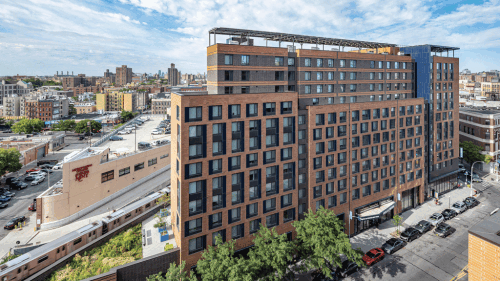

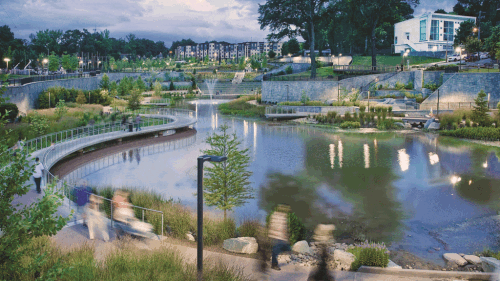
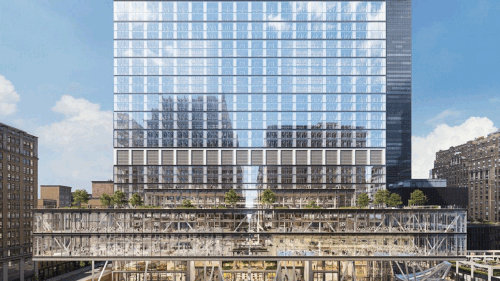


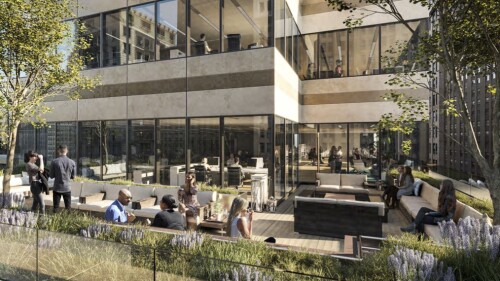

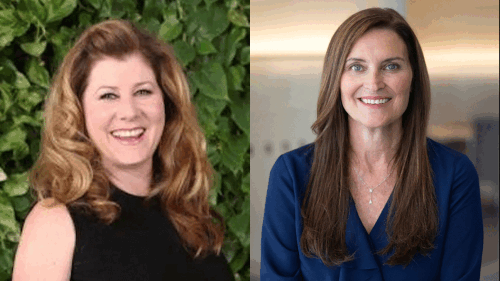


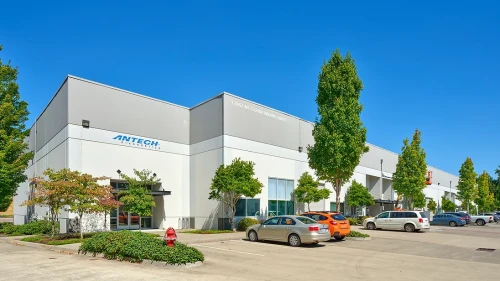
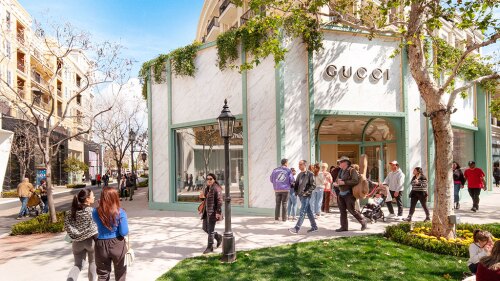

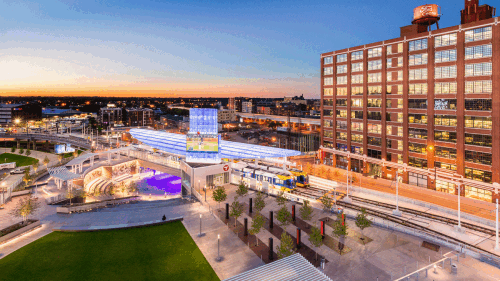
![starland tour pic[1].jpg](https://cdn-ul.uli.org/dims4/default/6af5ee3/2147483647/strip/true/crop/800x450+0+42/resize/500x281!/quality/90/?url=https%3A%2F%2Fk2-prod-uli.s3.us-east-1.amazonaws.com%2Fbrightspot%2F1b%2Fb5%2Faedcc97041ea90be6b29e2565d53%2Fstarland-tour-pic1.jpg)
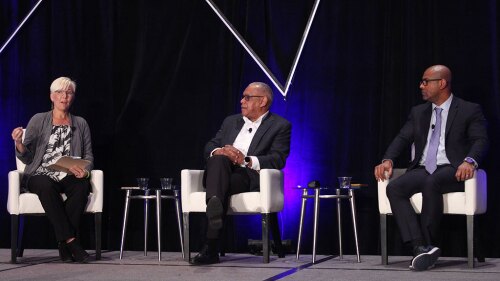




![KAEGI_0072_pp (005)[1].jpg](https://cdn-ul.uli.org/dims4/default/e92c47f/2147483647/strip/true/crop/2400x1349+0+564/resize/500x281!/quality/90/?url=https%3A%2F%2Fk2-prod-uli.s3.us-east-1.amazonaws.com%2Fbrightspot%2F80%2Fa7%2Fc10772a049429983d4b20358d4b1%2Fkaegi-0072-pp-0051.jpg)


